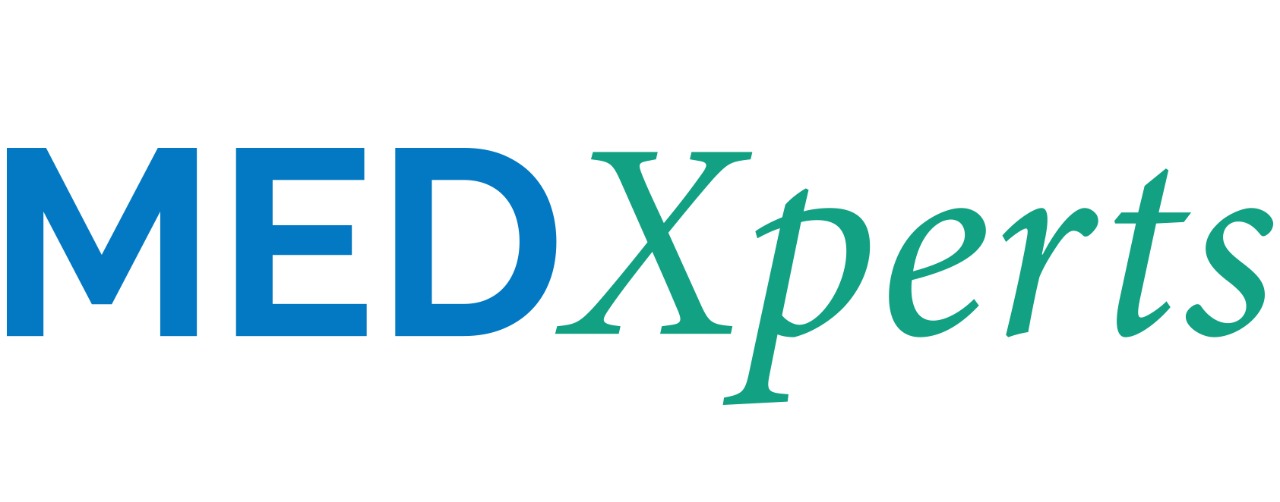VABYSMO was validated in the largest head-to-head Phase III trials for DME1
enrolled patients
*After Week 12, patients continued on Q4W until CST <325 μm was achieved. Reference CST was defined as the CST value when the original reference value (CST <325 µm on Spectralis SD-OCT, <315 µm on Cirrus SD-OCT or Topcon SD-OCT) was met. Reference CST was adjusted if CST decreased by >10% from the previous reference CST for 2 consecutive study drug dosing visits and the values obtained were within 30 µm. The CST value obtained at the latter visit served as the new reference CST. †Regardless of BCVA increase or decrease, intervals were maintained. ‡Unless accompanied by ≥10-letter decrease from reference BCVA (then interval maintained). §Unless CST increase 11-20% and accompanied by BCVA decrease of <5 letters (then interval maintained).
-
Clinical Data
Treat early with VABYSMO for rapid vision gains and extended durability over 2 years*1
*Median of 3 injections between Week 60 and 96 for patients in VABYSMO 6.0 mg up to Q16W arm and a median of 5 injections between Week 60 and 96 for patients in VABYSMO 6.0 mg Q8W and aflibercept 2.0 mg Q8W arms. Based on study design; aflibercept 2.0 mg was not allowed to extend beyond Q8W dosing. †Aflibercept 2.0 mg Q8W initial dosing was 5 x monthly. VABYSMO 6.0 mg Q8W initial dosing was 6 x monthly. ‡Adjusted mean BCVA change from baseline, averaged over Week 92, 96 and 100. ¶VABYSMO dosed up to Q16W met the primary endpoint, demonstrating noninferior vision gains vs aflibercept 2.0 mg Q8W, averaged over Week 48, 52 and 56 in both YOSEMITE and RHINE.5
VABYSMO delivers faster* drying with fewer* injections vs. aflibercept3
*Based on post hoc, exploratory analysis with nominal P-value statistical analysis not adjusted for multiple testing (nominal P-value <0.05 vs. aflibercept 2.0 mg Q8W), no formal statistical conclusions can be drawn. Primary endpoint of Phase III studies was non-inferiority in BCVA vs. aflibercept 2.0 mg Q8W for nAMD and DME, and aflibercept 2.0 mg Q4W for RVO. †Summaries of time to first absence of IRF are Kaplan-Meier estimates. ‡The number of injections includes any active drug administered (VABYSMO or aflibercept), including medication errors. §HR:1.67. Stratified analyses for HR and log-rank test. Stratification factors are baseline BCVA, prior intravitreal anti-VEGF therapy, region and study. HRs were estimated by Cox regression. Statistics for pairwise comparisons were calculated using a separate model for each comparison. HRs were estimated by Cox regression.
Greater* CST reductions with VABYSMO vs. aflibercept in the head-to-head matched dose phase, Year 1 and Year 21
*Based on post hoc, exploratory analysis with nominal P-value statistical analysis not adjusted for multiple testing (nominal P-value <0.05 vs. aflibercept 2.0 mg Q8W), no formal statistical conclusions can be drawn. Primary endpoint of Phase III studies was non-inferiority in BCVA vs. aflibercept 2.0 mg Q8W for nAMD and DME, and aflibercept 2.0 mg Q4W for RVO. †Nominal P<0.05 vs aflibercept 2.0 mg Q8W for change from baseline averaged over Week 48, 52 and 56. ‡Aflibercept 2.0 mg Q8W initial dosing was 5 x monthly. VABYSMO 6.0 mg Q8W initial dosing was 6 x monthly. VABYSMO 6.0 mg up to Q16W initial dosing was ≥4 x monthly. §Nominal P-value vs aflibercept 2.0 mg Q8W for change from baseline at Week 16. Nominal P<0.05 vs aflibercept 2.0 mg Q8W for change from baseline over Week 92, 96 and 100. Results are based on a mixed model for repeated measures analysis. **Median of 3 injections between Week 60 and 96 for patients in the VABYSMO 6.0 mg up to Q16W arm and a median of 5 injections between Week 60 and 96 for patients in the VABYSMO 6.0 mg Q8W arm and aflibercept 2.0 mg Q8W arm. Based on study design; aflibercept 2.0 mg was not allowed to extend beyond Q8W dosing.
More* patients achieve IRF resolution with VABYSMO vs. aflibercept over 2 years1,4
*Based on post hoc, exploratory analysis with nominal P-value statistical analysis not adjusted for multiple testing (nominal P-value <0.05 vs. aflibercept 2.0 mg Q8W), no formal statistical conclusions can be drawn. Primary endpoint of Phase III studies was non-inferiority in BCVA vs. aflibercept 2.0 mg Q8W for nAMD and DME, and aflibercept 2.0 mg Q4W for RVO.
VABYSMO delivers extended durability with ~80% of patients on Q12W or Q16W treatment intervals at Year 21
*Primary endpoint of Phase III studies was non-inferiority in BCVA vs. aflibercept 2.0 mg Q8W for nAMD and DME, and aflibercept 2.0 mg Q4W for RVO. Patients with evaluable data at Week 96 in the VABYSMO 6.0 mg up to Q16W arm. †During Week 60 to Week 96.
VABYSMO has a favourable benefit-risk profile demonstrated in 6 Phase III trials and in real-world settings*1,5–7
*As of January 2024, >3 million doses have been distributed worldwide.8 †No comparison possible for Week 24 to Week 72 RVO data (BALATON/COMINO). ‡An external review of investigator reported IOI cases reported in Phase III trials found no patterns suggestive of IOI related occlusive retinal vasculitis.
References
- Wong TY, et al. Ophthalmology. 2024;131(6):708-723.
- VABYSMO®. SmPC https://go.roche.com/Vabysmo_SmPC Accessed May 2024
- Pollreisz A, et al. Presented at ARVO 2023.
- Baumal C, et al. Presented at AAO 2022.
- Khanani AM, et al. Ophthalmology. 2024;19:S0161-6420(24)00134-9.
- Tadayoni R, et al. Presented at Angiogenesis 2024, presentation available at medically.roche.com.
- Lim J, et al., Presented at Angiogenesis 2024.
- Singh R, et al. Presented at BRAVS 2024.
M-PK-00002048











